
Notre-Dame de Bon Secours, Oizy
Bièvre, BE
The Notre-Dame de Bon Secours chapel was built in 1688. Its charm resides in the setting where it is located: high up in the Oizy village and surrounded by majestic centuries-old lime trees.
Here you can search for a building to visit. You can use the map find destinations, or you can use the filters to search for a building based upon what different criteria.

Bièvre, BE
The Notre-Dame de Bon Secours chapel was built in 1688. Its charm resides in the setting where it is located: high up in the Oizy village and surrounded by majestic centuries-old lime trees.
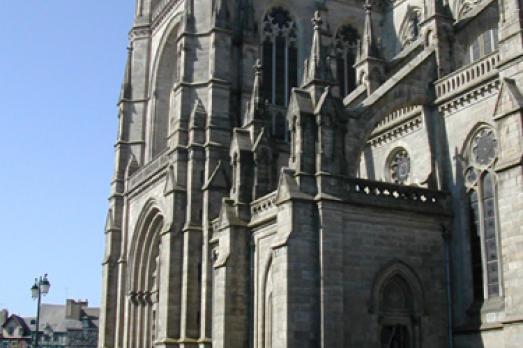
Rennes, FR
Building built in the 19th century from 1884 to 1904; emblematic building from the religious, architectural and urban planning point of view. This monumental project, whose design and construction took nearly 40 years to complete, inevitably evokes its implicit reference to cathedrals. The choice of the "Gothic" style, introduced in Rennes by Jacques Mellet for the construction of the Missionaries' chapel (destroyed), as early as 1841, is here an eclectic approach, to which Abbot Millon subscribes, in the Semaine Religieuse, and which he qualifies as the "ogival style", considering "that it is preferable to choose with a wise and prudent eclecticism, the beauties of several styles of the same period, rather than slavishly copying a known work.

Saint-Vincent-de-Paul, FR
The sanctuary of Notre-Dame de Buglose was built from 1850 to 1865 in the commune of Saint-Vincent-de-Paul, which was called Pouy until 1828 before being renamed in honour of Vincent de Paul, a native of the area (at the Ranquines farm) in 1581. The basilica now houses the famous statue of which it is a showcase for Marian devotion. Another particularity, the carillon, one of the most beautiful in France, consists of 60 bells. In reality forty bells are used, the others have been silenced to give more homogeneity to the sound.
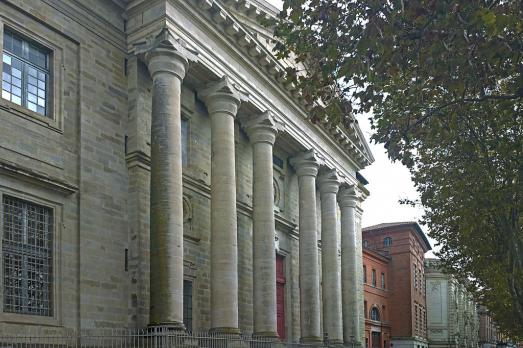
Toulouse, FR
The Basilica of Notre-Dame la Daurade, was completely rebuilt at the end of the 18th century on the site of one of the oldest churches of Toulouse, which was probably the chapel of Visigothic kings. Seat of a Benedictine abbey, it was lined with mills until the end of the 14th century and overlooked the main bridge of Toulouse from the 12th to the 17th century, the bridge of the Daurade. It has been classified as a historical monument since 1963.
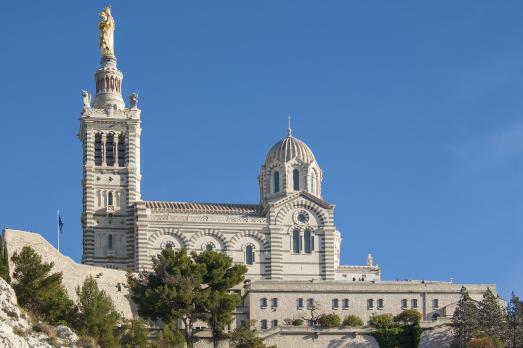
Marseille, FR
Notre-Dame-de-la-Garde, often nicknamed "the Good Mother" has been built in the Romanesque-Byzantine style and consecrated in 1864. It replaces a chapel of the same name built in 1214 and stands on the foundations of a fort built by Francis I in 1536. Notre-Dame-de-la-Garde Hill is a classified site since 1917.
Saint-Raphaël, FR
Building built at the end of the 19th century, facing the impossibility of welcoming new citizens. Very inspired by the Byzantine style.
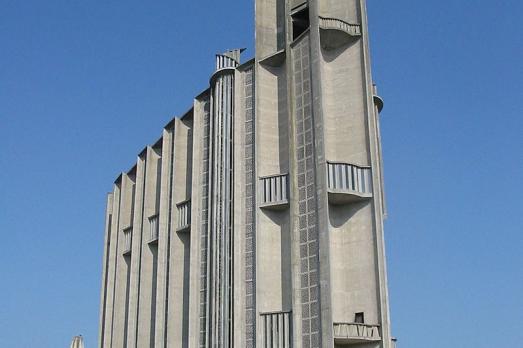
Royan, FR
The Notre-Dame de Royan church was founded in 1958 following the destruction of a former church (dating from 1874) during the Second World War. Built by architects Guillaume Gillet and Marc Hébrard, it is considered a masterpiece of modern architecture.
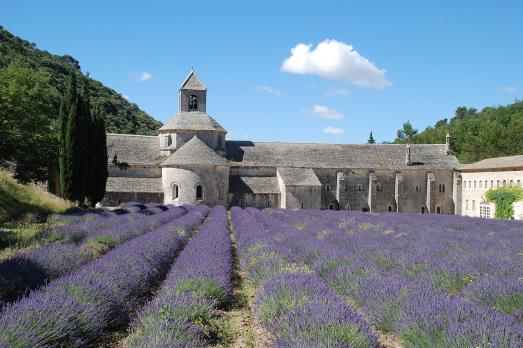
Gordes, FR
Notre-Dame de Sénanque Abbey is a Cistercian monastery founded in 1148, and became an abbey in 1150. The monastery is known for the production of the liqueur of Sénacole, from 19 plants that flower in the Provencal valley of the abbey of Sénanque.
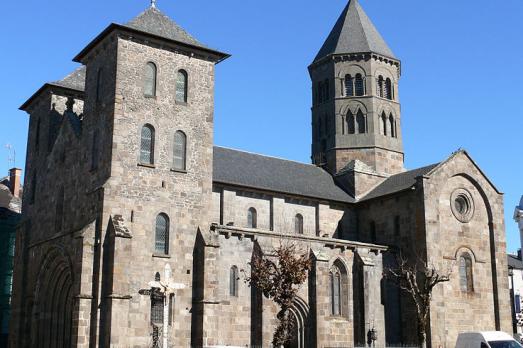
Mauriac, FR
The church is the largest Romanesque church in Haute-Auvergne since the destruction of the abbey of Saint-Géraud d'Aurillac. The building was rebuilt in the 12th century on the site of a chapel dedicated to Saint Théodechilde.

Brussels, BE
The Church of Our Lady of Good Help, in the centre of the city of Brussels, is a baroque religious building dating from the 17th century. On this site was a small chapel mentioned as early as the 12th century, which was replaced in the 13th century by a church dedicated to Santiago de Compostela. The reconstruction of the church in the 17th century corresponds to the discovery of a statue of the Virgin Mary at this location, which quickly became an object of veneration and gave the church its present name.

new
The Chassidic Route is a cultural and historical trail tracing the rich legacy of Jewish communities in southeastern Poland and western Ukraine. This region was central to the rise of Chassidism in the 18th century. Here, we highlight 10 remarkable synagogues you’ll discover along this route.

he cradle of the Industrial Revolution in Germany, Chemnitz, is well-known for its industrial heritage landscape, but the city is also home to remarkable examples of religious architecture from different historical periods. Join us as we explore the key landmarks of this European Capital of Culture 2025.

The twin towns of Nova Gorica (Slovenia) and Gorizia (Italy), lying on the border between the two countries, have a rich religious heritage, steeped in centuries of tradition. If you are looking for ideas for your visit, take note of these 10 religious sites that you should not miss.